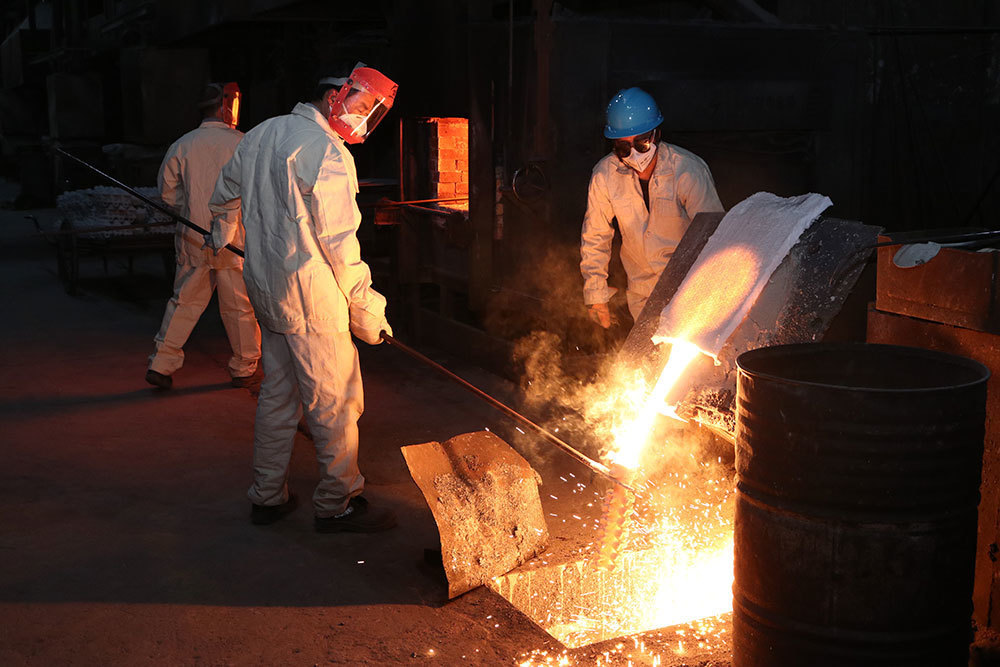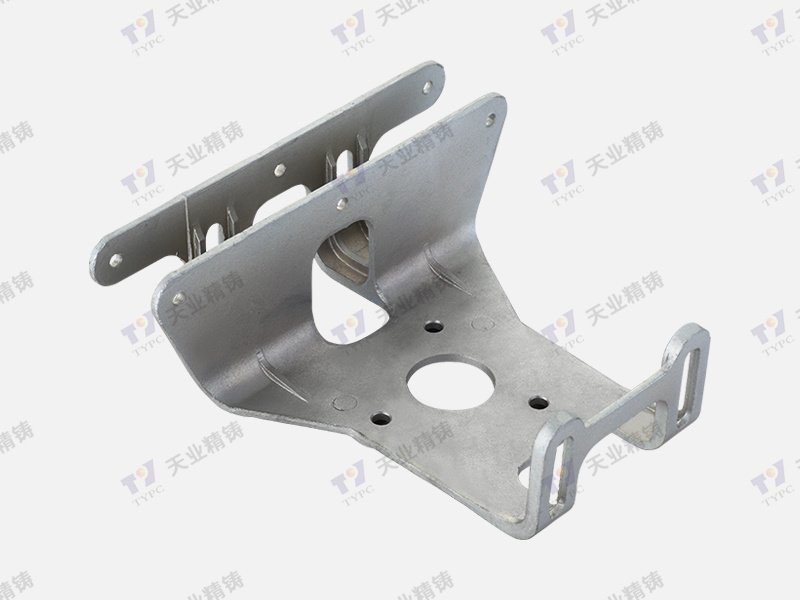2025-04-07
Revolutionizing Industrial Technology with Brass Power System Components
Revolutionizing Industrial Technology with Brass Power System Components
The industrial sector is constantly evolving, driven by technological advancements and the need for greater efficiency. One of the most significant developments in recent years has been the integration of brass power system components into industrial machinery. These components provide a range of benefits that enhance performance, durability, and functionality. In this article, we will explore how brass power system components are revolutionizing industrial technology and the implications for various sectors.
Understanding Brass Power System Components
Brass, an alloy of copper and zinc, is known for its excellent properties, including corrosion resistance, mechanical strength, and electrical conductivity. These attributes make brass an ideal choice for manufacturing power system components that are crucial in industrial applications. From fittings and connectors to valves and pumps, brass parts are integral to ensuring the smooth operation of machinery.
Key Characteristics of Brass
Brass boasts several characteristics that enhance its suitability for industrial applications:
- Corrosion Resistance: Brass is highly resistant to corrosion, which is essential for components exposed to harsh environments.
- High Electrical Conductivity: This property ensures efficient transmission of electrical currents in power systems.
- Durability: Brass components can withstand significant wear and tear, leading to improved longevity and reduced maintenance costs.
- Versatility: Brass can be easily machined into various shapes and sizes, allowing for customization in different applications.
The Role of Brass Components in Industrial Applications
Brass power system components play a pivotal role in a wide array of industrial applications. Their adaptability allows them to be utilized across different machinery, making them a fundamental part of the industrial ecosystem.
Applications of Brass Power System Components
Here are some key areas where brass components are making a significant impact:
1. Hydraulic Systems
Brass fittings and connectors are extensively used in hydraulic systems to ensure leak-free connections and reliable performance. Their ability to withstand high pressures while maintaining structural integrity is crucial for the efficiency of hydraulic machinery.
2. Pneumatic Systems
In pneumatic applications, brass components are favored for their lightweight nature and resistance to corrosion. Valves and regulators made from brass help in maintaining optimal pressure levels, which is essential for the effective operation of pneumatic tools and equipment.
3. Electrical Systems
Brass connectors and terminals are widely used in electrical systems due to their excellent conductivity. They facilitate efficient power distribution and minimize energy loss, making them essential in manufacturing environments where precision and reliability are paramount.
4. Water Distribution Systems
Brass is a preferred material for water fittings and valves in plumbing and water distribution systems. Its resistance to corrosion and biofouling ensures safe and reliable water transportation in various industrial applications.
Advantages of Using Brass Power System Components
The integration of brass components in industrial technology brings forth numerous advantages that contribute to overall operational efficiency.
Enhanced Performance
Brass components are designed to perform under demanding conditions. Their durability translates to reduced downtime, as they require less frequent replacements and repairs. This reliability is crucial for maintaining productivity in industrial settings.
Cost Efficiency
While the initial investment in brass components may be higher than alternatives, their longevity and reduced maintenance requirements lead to significant cost savings over time. Industries can benefit from lower operational costs when using high-quality brass parts.
Environmental Sustainability
Brass is a recyclable material, making it a more sustainable choice for industrial applications. By opting for brass components, industries can reduce their environmental footprint and contribute to sustainable practices.
Innovations in Brass Component Manufacturing
The industrial landscape is continuously evolving, and so is the technology behind manufacturing brass power system components. Innovations in production techniques are enhancing the quality and performance of brass components.
Advanced Machining Techniques
Modern CNC (Computer Numerical Control) machining allows for precision manufacturing of brass components. This technology enables the creation of complex geometries with tight tolerances, ensuring that each component fits perfectly within its application.
Coating and Treatment Technologies
Innovations in surface treatment technologies, such as electroplating, enhance the performance of brass components by improving their corrosion resistance and aesthetic appeal. These treatments extend the lifespan of components and reduce the need for frequent replacements.
Future Trends in Brass Power System Components
As industries embrace cutting-edge technologies, several trends are emerging in the use of brass power system components.
Integration of Smart Technologies
The rise of Industry 4.0 is driving the integration of smart technologies in industrial machinery. Brass components are increasingly being designed to accommodate sensors and IoT devices, allowing for real-time monitoring and data collection. This integration enhances operational efficiency and predictive maintenance capabilities.
Focus on Customization
As industries demand more tailored solutions, manufacturers are shifting towards customized brass components. This trend allows businesses to optimize their machinery for specific applications, enhancing performance and efficiency.
Challenges Faced in the Adoption of Brass Components
While the benefits of brass power system components are significant, there are challenges that industries must navigate to fully harness their potential.
Cost Considerations
The initial cost of brass components can be a barrier for some industries, particularly those operating on tight budgets. However, understanding the long-term cost benefits can help justify the investment.
Supply Chain Issues
Global supply chain disruptions can affect the availability of brass components. Industries must develop strategic partnerships with reliable suppliers to ensure a consistent and quality supply.
FAQs About Brass Power System Components
1. What are the primary uses of brass power system components?
Brass power system components are used in hydraulic and pneumatic systems, electrical systems, and water distribution systems, among other applications.
2. Why is brass preferred over other materials for power system components?
Brass offers excellent corrosion resistance, durability, and conductivity, making it ideal for high-performance industrial applications.
3. How do brass components contribute to energy efficiency?
Brass's high electrical conductivity reduces energy loss in electrical systems, enhancing overall energy efficiency in industrial operations.
4. Are brass components environmentally friendly?
Yes, brass is recyclable, and using brass components can help industries reduce their environmental impact.
5. What innovations are currently shaping the brass manufacturing industry?
Advanced machining techniques and innovative surface treatments are enhancing the quality and performance of brass components, making them more efficient and long-lasting.
Conclusion
The integration of brass power system components is revolutionizing industrial technology. Their unique properties and the advantages they offer make them indispensable in various applications. As industries continue to evolve, innovations in brass manufacturing and design will play a crucial role in shaping the future of industrial technology. By investing in high-quality brass components, businesses can enhance their operational efficiency, reduce costs, and contribute to a more sustainable future.









